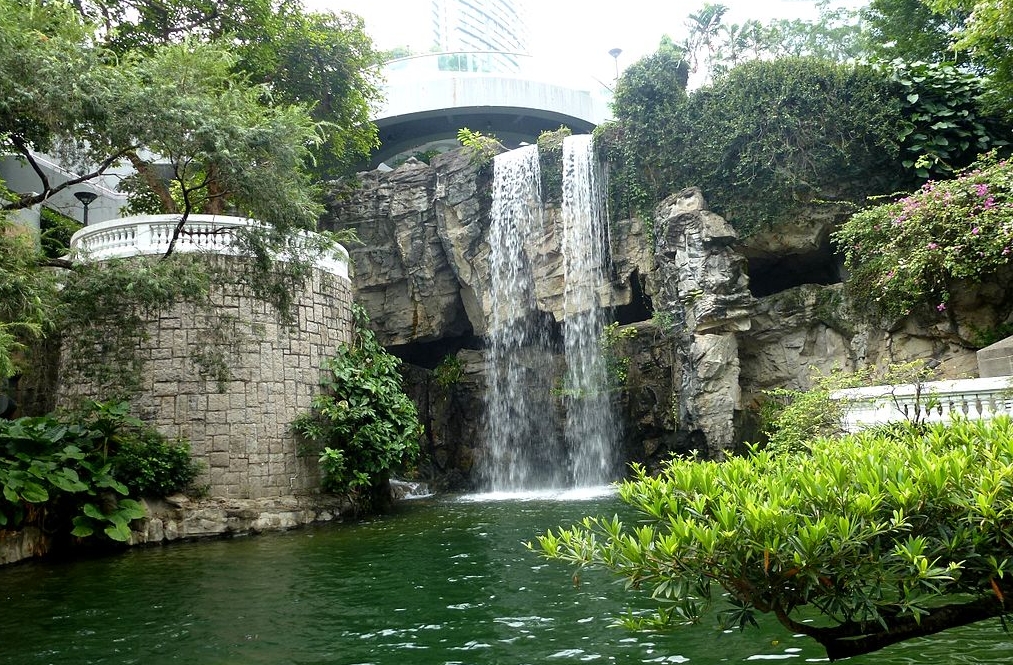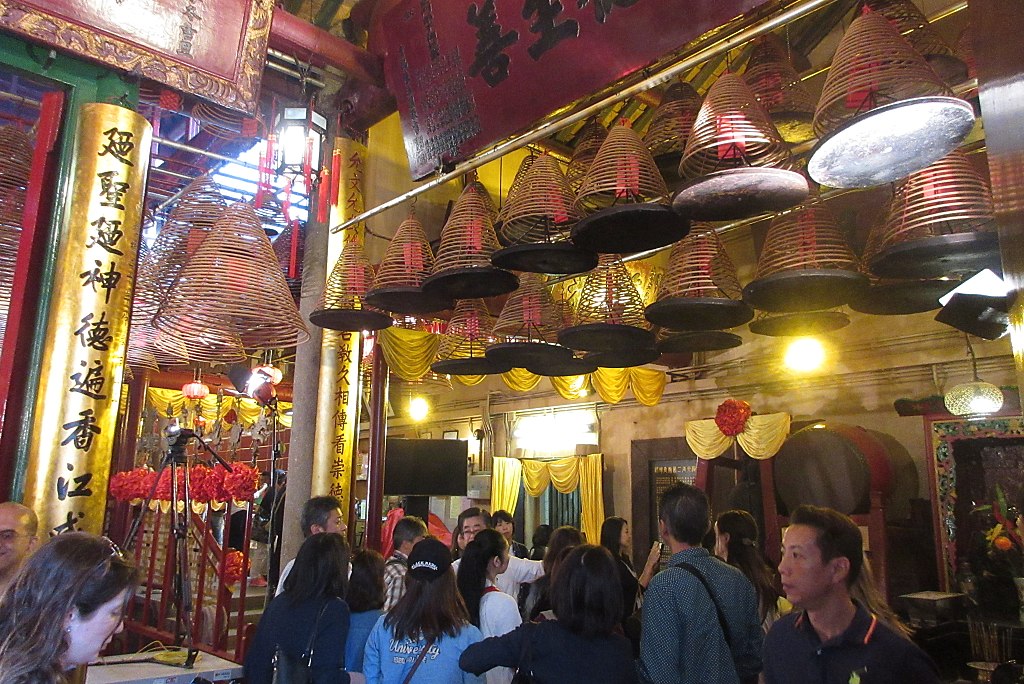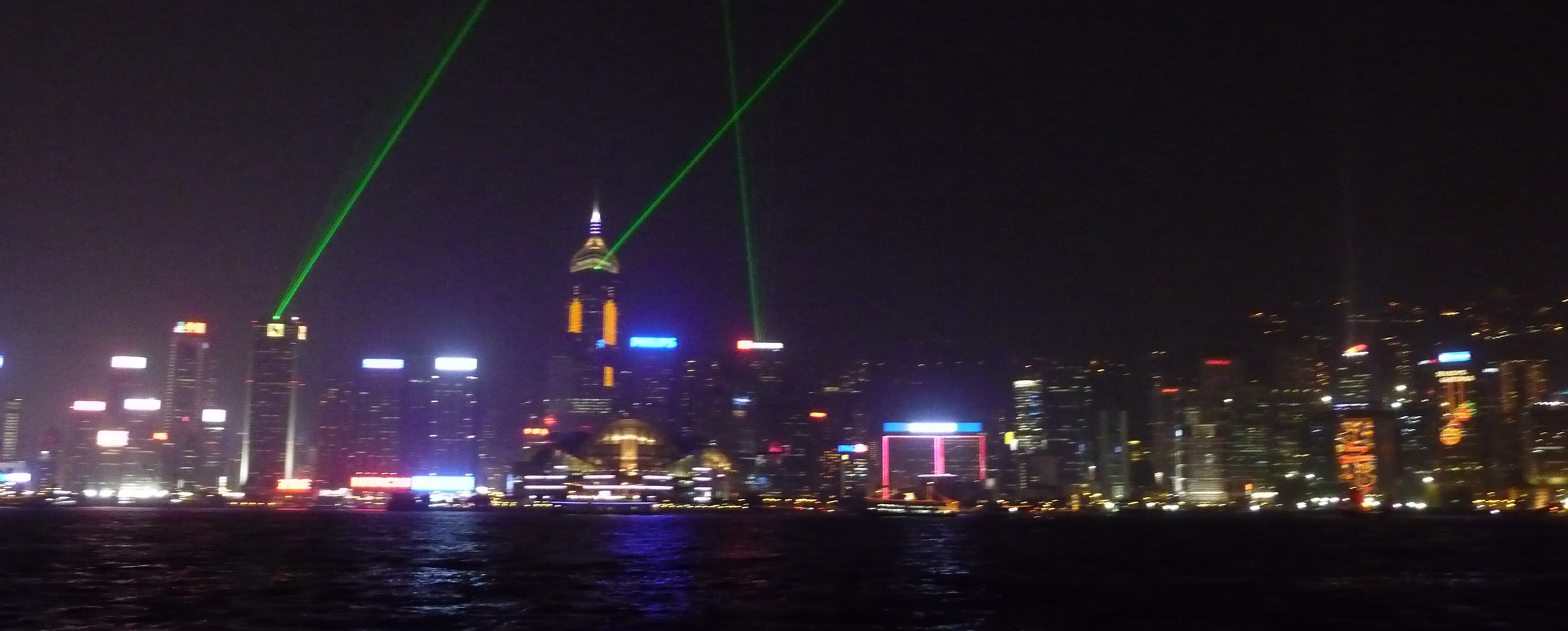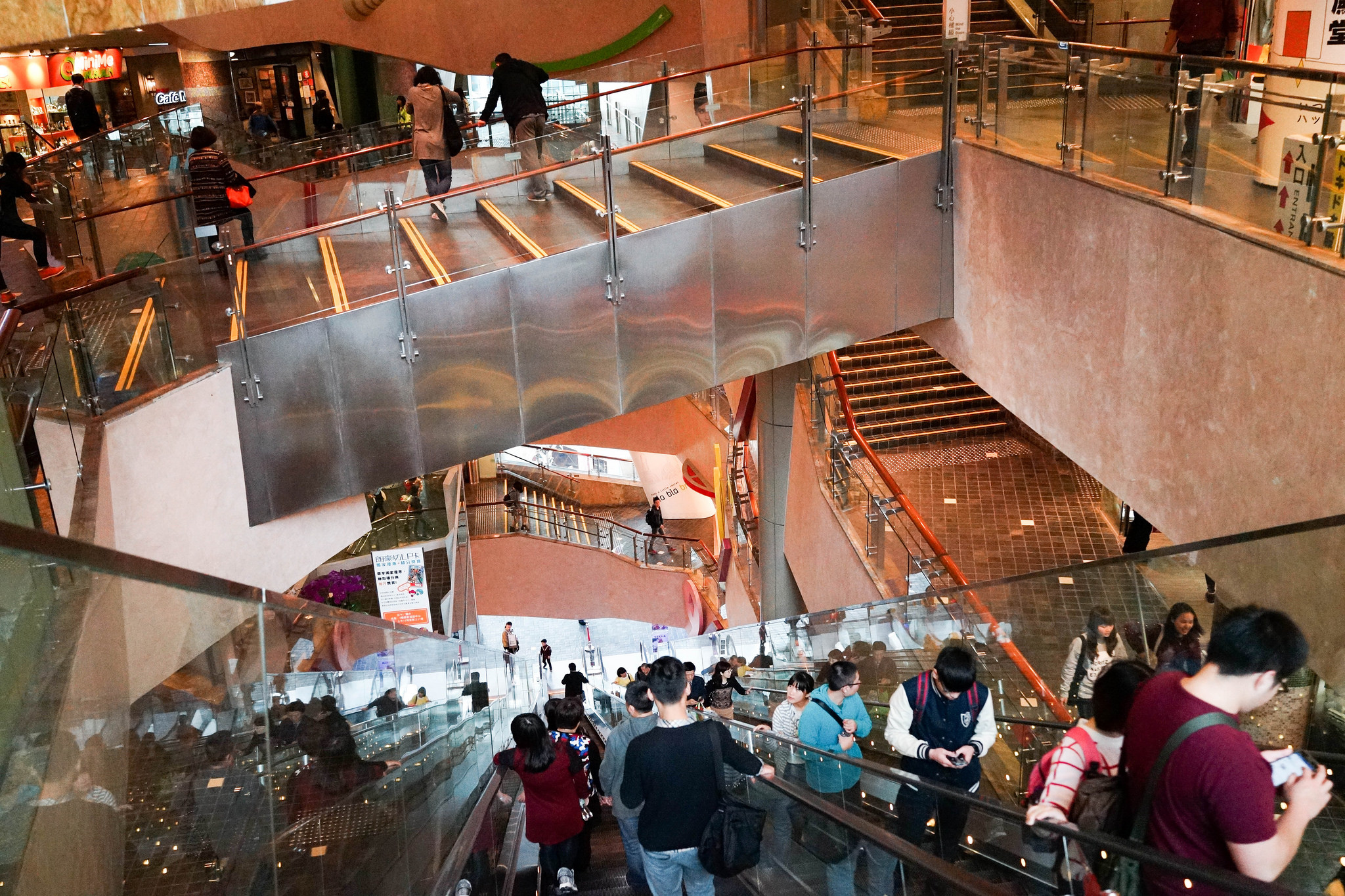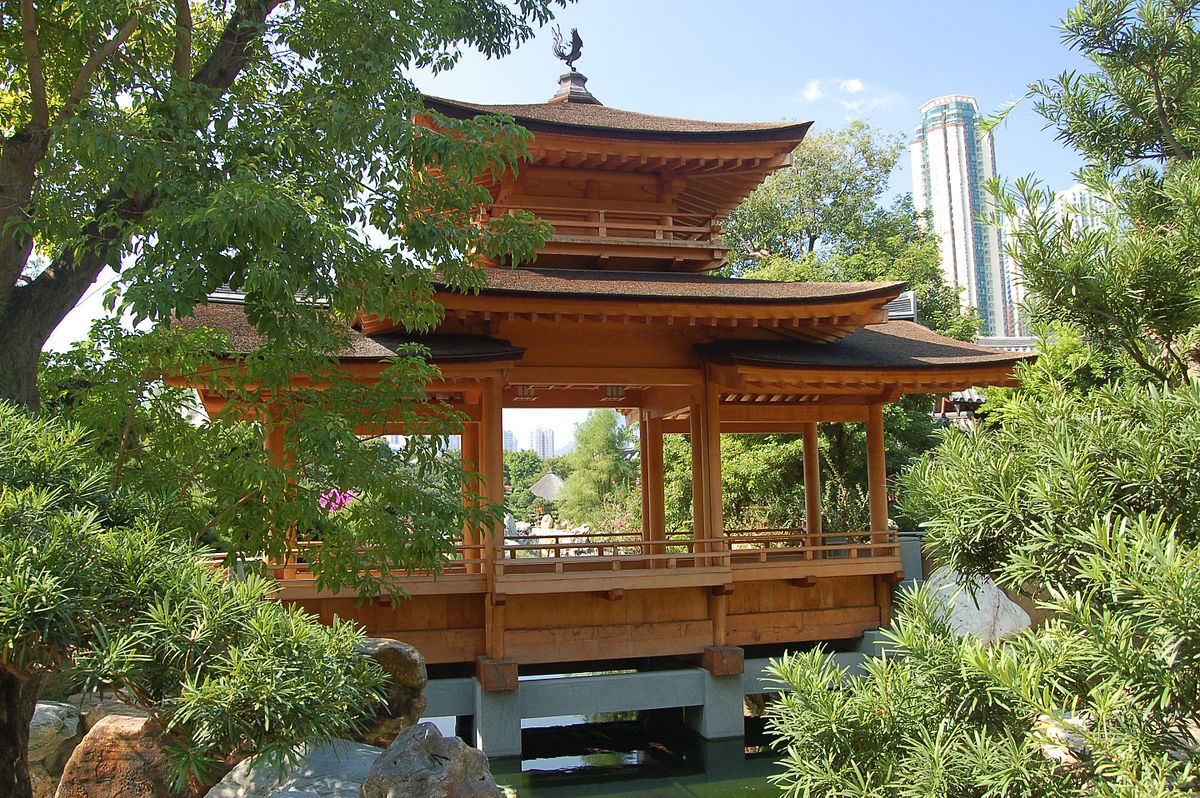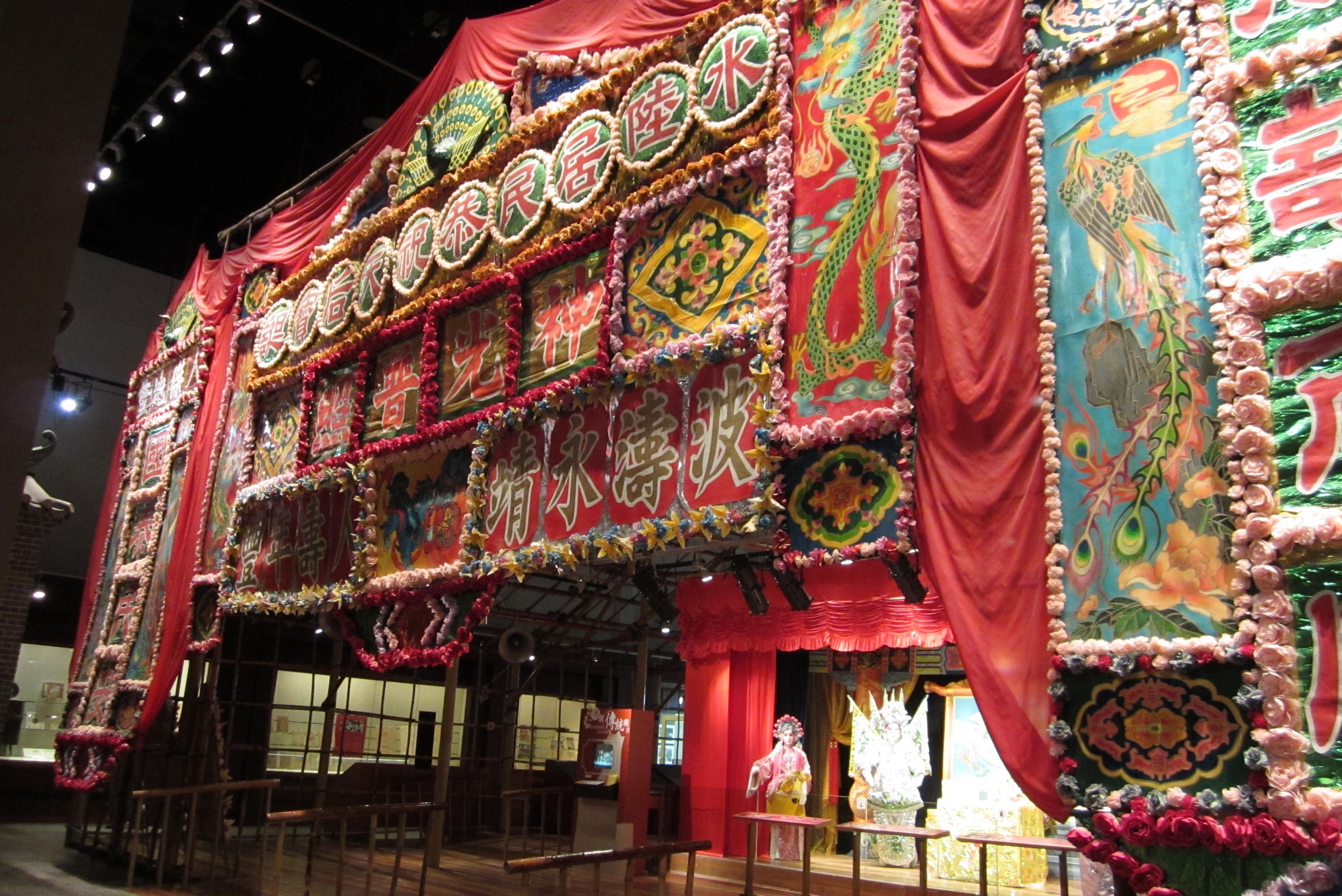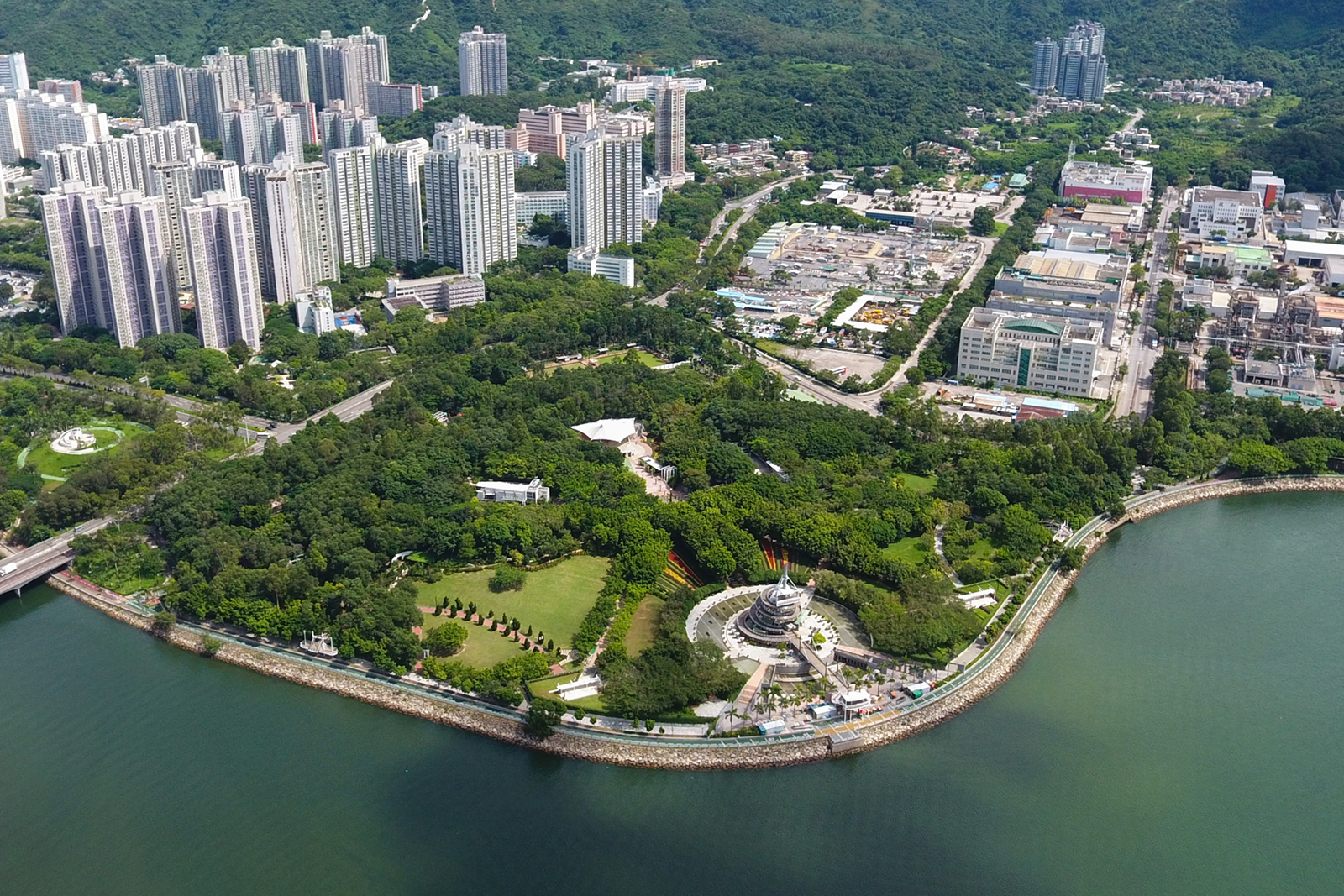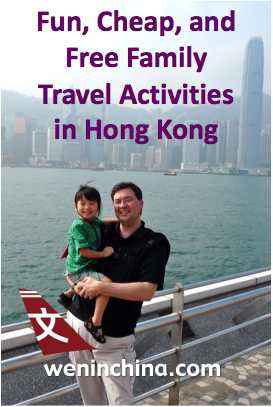Packing for Longer Trips
/You can't carry everything; don't even try.
The logistics of packing for a two-week overseas family trip are fundamentally different from more typical travel. Merely doubling the amount of stuff you would ordinarily take on a one-week trip doesn’t work:
There is an upper physical limit on what you can reasonably carry around
Hotel room space is limited – to a greater extent than what we are used to in the West
Baggage restrictions are a perpetual issue; Transpacific flights are generous, while intra-Asia flights less so, and each type of train you might take has its own rules
You’ll need to reserve room for the items you’ll be picking up in Asia - souvenirs, snacks, clothing, toys, and more
And you'll probably be bringing some food along from home
This isn’t like packing for a business trip; a family camping expedition is perhaps the closest comparison. But you won’t have an SUV to carry your gear.
For 2 adults plus 1 - 2 children, aim for using just two medium-to-large suitcases in total, plus one or two carry-on bags.
That goal is a challenge, but it can be done. Let’s look at some strategies to help you get “more” out of what you bring along.
Climate – outside and inside
East Asia is a land of climate extremes, and each region has its own distinct weather. Your trip may take you from tropical humidity to arid cold. You might spend days in dust storms, polar snows, or urban smog. Or you might experience beautiful temperate weather. While the time of year you travel makes a lot of difference, day-to-day conditions can be totally out of your control.
Buildings in China, (even in the big cities,) as well as rural Japan and Korea, are largely not weather-proofed like Western energy-efficient structures. You won’t find central air, or double-pane insulated windows, even in recently-built hotels. Air conditioning in public areas of hotels or shops is often cranked to maximum in summer. Heat, cold, and humidity inside are therefore also outside your control.
In short, your clothing needs to work well in a variety of conditions:
Think multiple layers of thinner fabric, rather than hauling bulky items like sweaters or heavy jackets.
Look for breathable, “performance” clothing. You don’t want to be seen with big patches of sweat, no matter how hot or humid it gets. (This is the single biggest embarrassment for Americans.)
Living the dream ... washing socks and undies in the bathroom sink. But it saves a lot of money!
Laundry
On a week-long business trip, you’re probably coming home with a week’s worth of dirty laundry. Not such a palatable option on your Asian trip – if the thought of paying baggage fees to haul dirty laundry around doesn’t make you wince, the smell you’ll experience opening your bags when finally home will. Check out our suggestions for how to handle this challenge.
Most importantly, cleaning clothes on-the-go means you can take fewer garments. You can do a two-week trip comfortably with just five changes of outfits.
Don’t pack expensive, ornamented, or dry-clean-only fabrics. Easy-to-clean clothing is more resilient to everyday wear.
The hotel laundry services aren’t as expensive compared to charges at business hotels or resorts in the U.S. or Canada.
With these thoughts in mind, here are some list suggestions to help you get started for a generic two-week tour:
Clothing
4-5 long pants or skirts
Men: forget about bringing shorts. While they’d be much more comfortable in the southern regions, it’s just not culturally appropriate.
Women: shorter items are OK if in good fashion. When in doubt, pick the more modest item.
Remember, too: mosquitoes. More coverage = a less inviting target.
5 changes of underwear and socks / hosiery.
Again, look for the lightweight, moisture-wicking fabrics.
Women: if traveling in the South during the hot season, or anywhere during the late-spring/early-summer rainy season, you probably won’t want to bring pantyhose.
Coat: as light as possible. A windbreaker or light raincoat is appropriate for most regions and seasons, except in the Northeast and West during winter.
4-5 shirts
Lightweight, moisture-wicking fabrics
Mix of long and short-sleeve (unless you are traveling in summer)
Polo shirts and golf shirts are good choices. T-shirts are not appropriate for you to wear in public. (Women: you have a bit more latitude on this, but again, keep it tasteful and well-made.)
1-2 sets of pajamas
Because you’ll be in a hotel, and you never know when staff will want to come in to change towels.
2 pair of shoes
One set for hiking / long-distance walking
The other set more lightweight and slip-on for airports, shopping, and close-to-hotel strolling.
Men: no sandals, ever. No one wants to see the hair on top of your feet.
Women: sandals for the 2nd pair are OK as long as they are stylish. No flip-flops or jellies, ever, as these scream “low-class.”
No formal wear is really needed for this trip, as long as your wardrobe is clean and in good condition. You may want to have elements that combine to look “business casual” when flying or checking-in at a new hotel; "face" counts for a lot in Asia, especially when meeting professionals for the first time.
Dresses – while perfectly acceptable culturally – are probably not the best option when trying to keep your packing to a minimum. Pieces that you can swap out and combine in several ways are what you’ll want in case you do get vomited on, for instance.
Toiletries
The bathroom kit, which you’ll toss out before your flight home – to save weight and space. For this trip, both of you will want to use the same products.
Razors and shaving cream
Toothbrushes, toothpaste, Listerine Breath Strips
Anti-perspirant (you can’t get it the way you want it over there)
Hand sanitizer, antibacterial ointment, cortisone itch cream, insect repellent wipes, wet wipes, lotion
Cotton swabs, cotton balls, bandages, travel tissues
Plastic zip-top bags (millions of uses)
Shampoo, if you really want to. The hotels have the little bottles of free shampoo and conditioner, just like back home.
Other items – don’t throw out:
Nail clippers, hairbrush, cosmetics
Ibuprofen and acetominofen, stomach upset meds. Different countries have restrictions on what you can buy over-the-counter, and you don't want to deal with labeling issues
- Necessary prescriptions – in their original packaging (be sure to get antibiotics during your travel clinic visit.)
- Hotels do provide hair dryers. Don’t bring curlers or straighteners, as they pull too much electrical load for the wiring, plus, given the humidity in summertime, are a waste of your time.
Items for your children
This will be much more subjective based on your child’s age and developmental needs. It’s probably better to go with fewer items when you head out and pick up interesting pieces as you travel. (You might have heard they make awesome toys in Asia.) Also, the more you bring, the more you have to clean up and trip over each day.
- Comfort items like a stuffed animal
Creative and learning materials like tablets of paper and colored pencils; coloring books, storybooks, and language-learning resources
Blanket (keep in the carry-on bag; you’ll all be snuggling under it on flights. Airplanes tend to get cold.)
1-2 sets of bottles / sippy cups, depending on developmental needs. Containers with snap or screw lids are very useful.
Backpack (or diaper bag, depending), especially for day trips and shopping outings
Electronics and Media
Camera, plus extra battery, charger, and a few memory cards. If you have a choice, pick a camera that is slim enough to slip into a pants pocket, but still has good resolution and video mode. SD cards are almost cheaper in the West and certainly easier for you to find before you depart. Of course, if you have some of the higher-end iPhone / Galaxy models, their cameras are amazing and have plenty of on-board storage...
Tablet or smartphone, plus charger/transfer cable. Your best bet for inflight entertainment, games at 2 am when you can’t sleep, and to show photos to fellow travelers and friendly locals. Check with your Transpacific airline to see if they have USB or electric sockets at your seat. You can't count on universal or cheap Wi-Fi access, but with your mobile device you're more likely to be able to sniff out an open router to get messages and photos back home. And you'll want to be able to get at your airline itinerary and weather reports.
Notebook / 3-ring binder – with pockets to stow the receipts, tickets, government documents, and brochures you pick up during the trip. You want a place to consistently take notes and record ideas. This is also where you’ll want to keep your list of phone numbers and emergency contacts, eyeglasses prescription, and travel itinerary.
Balancing the desire to take “everything” against physical and economic constraints will always be a struggle for every family and every trip (even with years of voyages under our belts, it seems that half of what we take we don’t use, while there are always a few items we dearly wished we had brought), and there is no “perfect” way to pack.

















